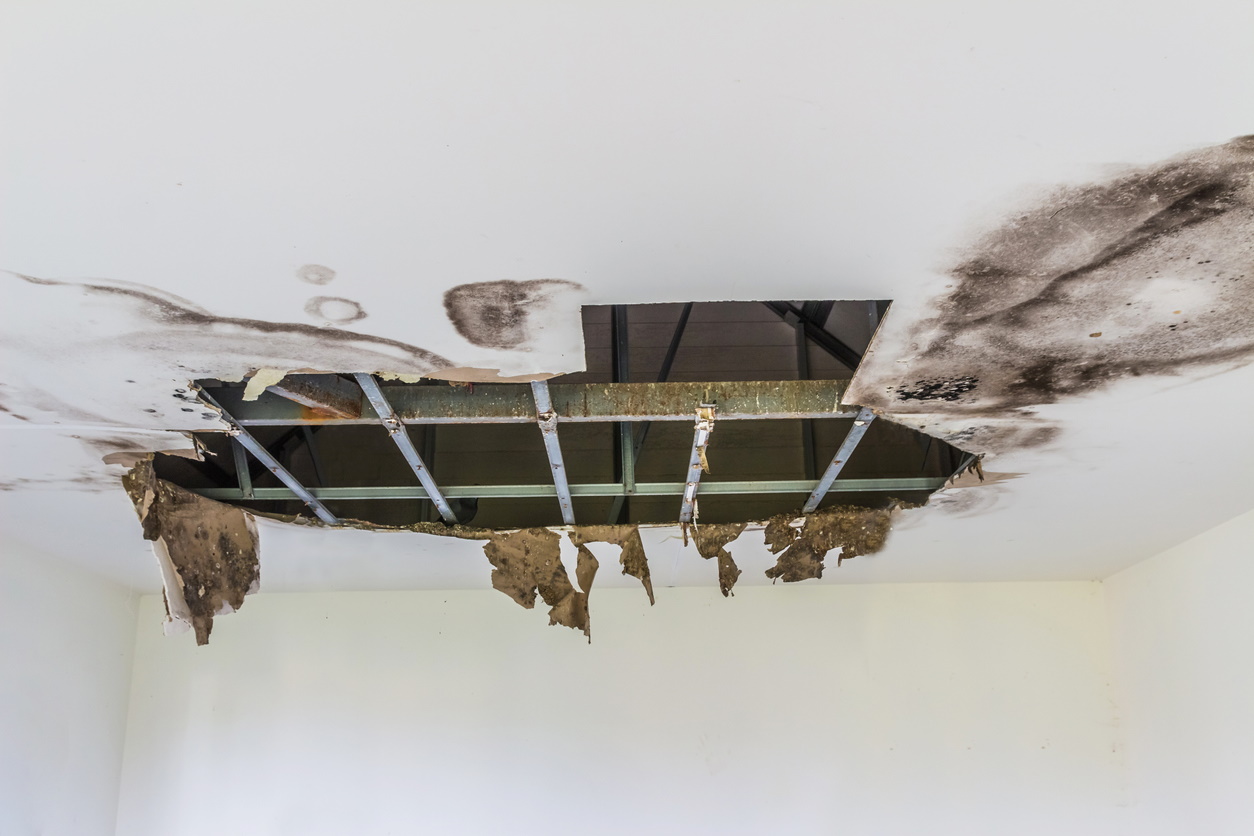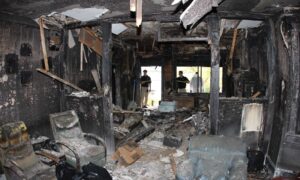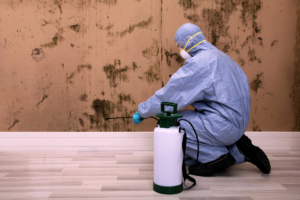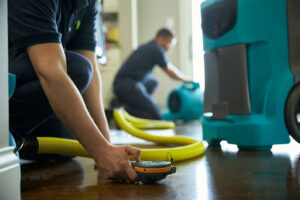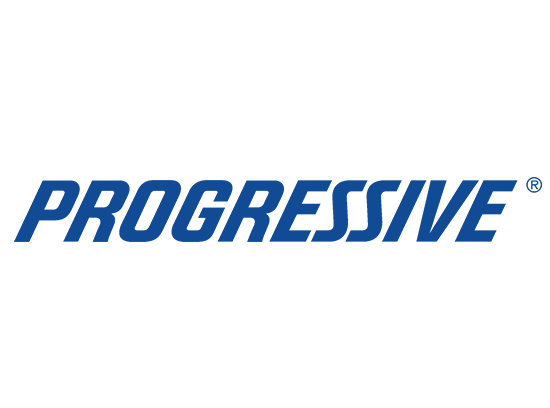When you think of water damage, the first thing that often comes to mind is the usual suspects, such as rain, floods, and tropical storms. While these are some of the most common types of water damage, it doesn’t take a natural disaster for water to damage your home or business. Instead, it can come from a variety of different sources. And even a small leak can have a compounding effect, leading to extensive, costly, and dangerous water damage over time.
Water does more than leave behind mud and debris or damaging furnishings. Let’s take a closer look at some of the compounding effects of water damage to commercial and residential properties.
Growth of Mold and Mildew
Mold is one of the most harmful side effects of water damage. As flooding creates a wet environment, microbes from mold spores can fill the air and spread quickly throughout a home. In fact, it only takes 1-2 days for mold spores to start colonizing, but mold usually becomes visible after a few weeks. This is why mold often goes unnoticed for the first few days after the initial water damage occurs.
Mold and mildew have the potential to cause numerous health problems. If you have mold or mildew in your home, you may experience symptoms such as sneezing, runny nose, watery eyes, rashes, and asthma attacks. Those with mold allergies might experience other severe symptoms after exposure. Long-term exposure to certain types of mold can also lead to serious and even life-threatening conditions.
As most moisture is often hidden in the walls and flooring, it’s crucial to detect and dry all the affected areas to avoid mold growth. At Emrick, our mold removal experts perform extensive mold testing using moisture mapping techniques and infrared cameras to determine exactly where the problems lie and how far they’ve spread. We can handle all kinds of cleaning and remediation services for a full-service approach to mold removal.
Structural Damage
Water damage is not something most homeowners can remedy on their own. Even small-scale pipe leaks, sewage overflow, and minor flooding can lead to serious structural problems, as the moisture can seep into the foundation of your home and damage support beams and flooring. As a result, your insulation, drywall, timber framing, electrical connections, flooring, and ceiling could all be damaged.
There are some telltale signs to look out for when it comes to structural damage. If the walls or the corners of rooms in your home seem lopsided, saggy, discolored, or visibly damaged, then it’s time to seek help from water damage restoration professionals like Emrick.
A restoration expert will first inspect the property to see if there’s seepage in the foundation, basement, or crawl space walls. Water damage to your home’s structure needs urgent repair and restoration to prevent further damage such as collapsed ceilings or warped wooden floors. After removing the water and damaged materials, Emrick’s restoration professionals will waterproof the cracks and perform other necessary repairs to save your home from any possible long-term structural damage.
Drywall Water Damage
Drywall is another part of your home that’s easily overlooked when it comes to water damage. If your home has suffered water damage, there’s a big chance that mold has snuck into the drywall, causing more severe health issues for residents and structural damage to your home.
It’s easy to check the drywall for water damage. Touch the drywall in the affected area of your home. If it’s not fully firm to the touch and instead feels soft or spongy, chances are you’re dealing with damaged drywall.
Damaged drywall often needs to be completely stripped and replaced. However, replacing drywall is costly, time-consuming, and, in many cases, means stripping a home down to its roots, as electrical and other elements may also be damaged by water.
To save your home and loved ones from drywall infested with mold, call in the experts to restore or replace the drywall. The restoration process will start with a visual inspection to see how extensive the water damage is. Remedial procedures will follow to fix the leak and repair or replace the affected drywall.
Ceiling Water Damage
After you’ve discovered a leak in the roof of your home, your first instinct will likely be to stop the water from getting inside. But after you’ve patched the hole, it’s time to address the compounding effects that the water has had in your roof and ceiling.
From the insulation in your roof to the support beams and rafters in your ceilings, damage in these areas are sometimes easy to overlook. But the longer you wait to fix the damage, the more costly it will become.
Even if you’ve already fixed the leak in your roof, it’s a good idea to call in the pros to inspect your home’s attic, roof, and ceilings for any additional damage.
Keep Your Home Safe from Water Damage
The initial cost and hassle of stopping a leak or removing floodwater is only the start. After you’ve removed the water, mud, and other debris from your home, the real work begins. Water damage comes with many compounding effects, regardless of its source.
The professionals at Emrick are here to ensure complete restoration from water damage. Whether it’s the structure, foundation or drywall of your home that’s been affected, we’ll help remove the damage. Our team of experts will also free your home of mold and mildew, giving your family a healthy and safe place to return to. If you have home repair insurance, make sure to request Emrick’s professional services when you speak to your insurance agent.



